The cultivation of fruit trees is essential for global nutrition, which is why both people with urban orchards and professional farmers are dedicated to harvesting them with care. In the search to do better every day, the question arises: What is the best irrigation system for fruit trees? We explain it to you below.
Table of Contents
What is the best irrigation system for fruit trees?
Formerly, irrigation systems that were used as a reference for fruit trees was blanket irrigation.
Over the years, he became aware of the waste of water that, among other things, represented this rudimentary irrigation system, and due to Concern over the misuse of this resource, drip irrigation was implemented for fruit trees, which we can see today in many crops and urban orchards.
Drip irrigation is a localized irrigation for which the area in which the water is applied is restricted in root volume function. The water is distributed through the branches of the pipe under pressure and provides small doses of water, in the form of drops.
With the implementation of this technique, the efficiency of water use will increase, although it is also important to know the water needs of the crop to avoid irrigating with more water than is needed (loss of the resource) or with less (risk of water stress of the crop). ).
Why is drip irrigation for fruit trees so useful?
The drip irrigation system for fruit trees deposits the water on or under the surface of the soil, so it does not flood. It also uses small flows at low pressure and applies the water in the proximity of the plants with a certain number of emitters (droppers).
Bearing this in mind, watering with high frequency in small doses allows to maintain a high moisture content in the soil. This means that the water in the soil will be longer in optimal conditions to be able to be extracted by the crop.
Advantages of drip irrigation
Due to its own operating system, drip irrigation for fruit trees has advantages that are interesting to know when deciding on it.
- Significant reduction of irrigation water needs. Drip irrigation makes the soil evaporation is greatly reduced as there is not a wide area covered with water around the tree, as well as the losses by percolation are reduced. Therefore, the water needs of the crop are slightly less than those of a crop under the same conditions, but irrigated by flooding.
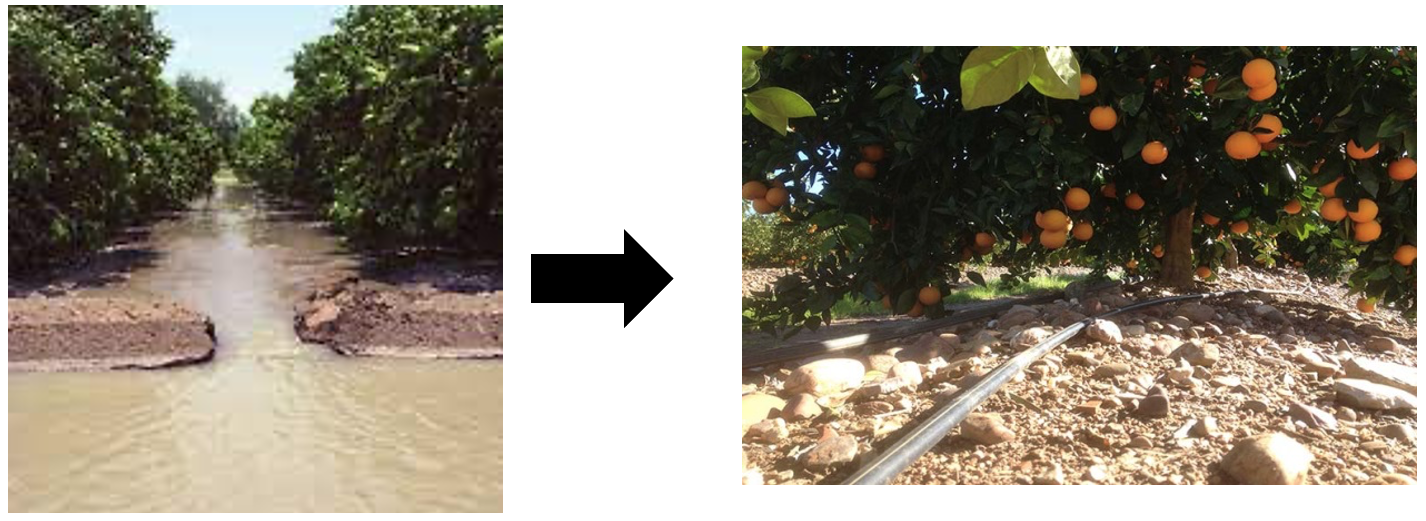
- Allows the simultaneous application of water and fertilizers (fertigation) precisely, optimizing the use of these products.
- Less water requirement compared to flood irrigation and higher yield.
- It is possible to fully automate the irrigation system. This is achieved thanks to irrigation programming, which consists of determining the frequency and dose of water applied to the crop. With automation, no action would have to be taken except the previous configuration and the supervision from time to time that everything is working in order.
- Ease of transformation of the traditional system to irrigation.
- Reduces the presence of pests, and with them, diseases and crop damage. Savings in methods of control and limitation in the growth of weeds.
- Reduces the accumulation of salts in the plant cover, since it remains dry.
Disadvantages of drip irrigation
- High installation cost.
The irrigation head requires specific equipment for the proper functioning of this system, which entails a high cost compared to the traditional system. Investment in pipes to form the drip pipe lines.
- Risk of clogging of emitters.
In order for an emitter to work correctly and to prevent clogging, it requires a 120 mesh (130 micron) filter system, in order to prevent larger diameter particles from clogging the labyrinth of the dripper and this does not emit water.
You also need a proper working pressure mainly in the case of self-compensating drippers, which contain an internal membrane to regulate the flow and require a minimum pressure to open (it is determined by the manufacturer).
Our recommendation is to install flush valves to carry out the maintenance of the drip pipes. Its function consists of remove dirt from drip lines from the beginning of the irrigation cycle. Its operation is based on the normally open system (normally open): it starts cleaning when the lines are not pressurized until it reaches irrigation pressure. Therefore, its use helps to extend the life of the dropper avoiding obstructions and maintaining uniform irrigation throughout the line.

Considerations
In order to achieve a good drip irrigation system and see good results in our crop, it is important to take into account the agronomic design, the hydraulic design and the good management of our system.
Within the agronomic design, the characteristics that form the water-soil-climate-crop set are contemplated. Once the water needs and the specifications of our design are known, the hydraulic equipment and components must be selected to achieve the uniformity of water emission for each part of the system. Finally, a good management of the system is necessary, such as irrigation programming (and fertigation if necessary), as well as the maintenance of its elements.
Do you want to implement the drip irrigation system for fruit trees? At Mundoriego we take care of everything you need to get it up and running. And if you already have it, We help you improve the production of your crops.


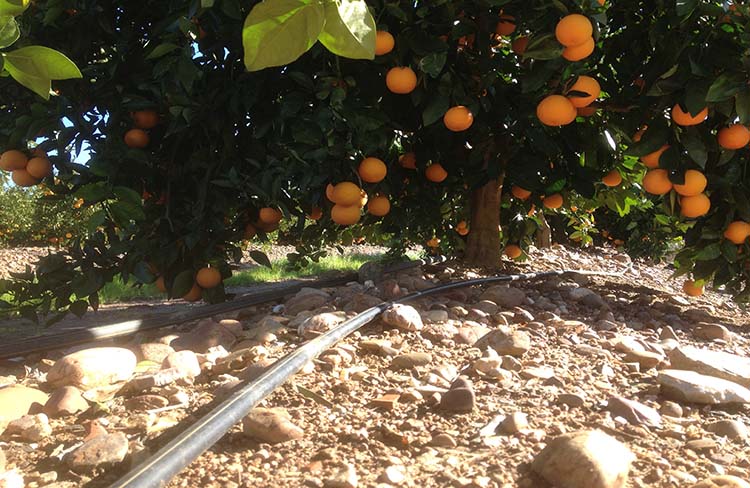
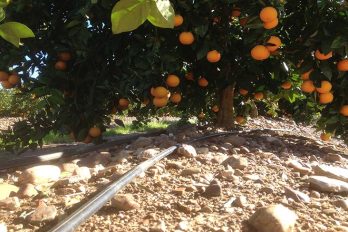






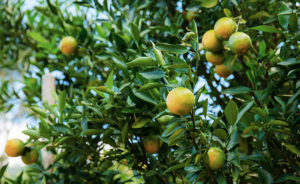
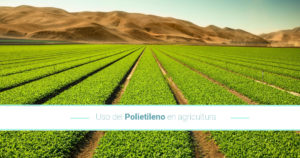

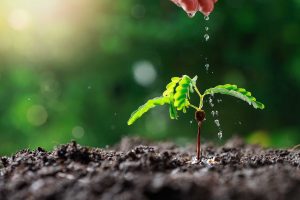

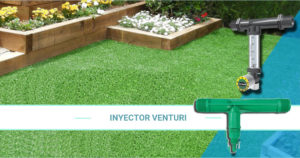
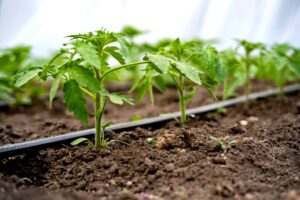
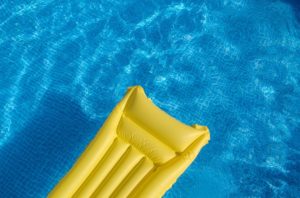
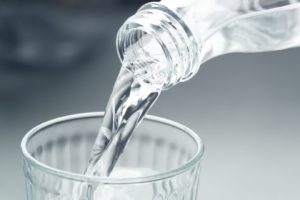
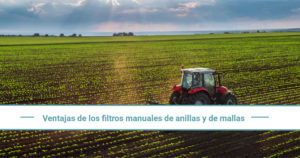









GOODNIGHT.
I LIVE IN A COMMUNITY IN THE STATE OF ZACATECAS, I HAVE AN AREA OF 400 M OF GRASS AND 40 FRUIT TREES, I AM INTERESTED IN CONDITIONING THE DRIP SYSTEM, SINCE WE GO AND WATER THEM EVERY 10 DAYS AND WE BELIEVE THAT IT WILL BE BETTER AUTOMATICALLY.
WAITING FOR YOUR APOLLO, MY CEL. IS 493 113 33 72 AND MY EMAIL IS romanmiguel1952@hotmail.com
waiting for your answer. greetings
We reply to your email.